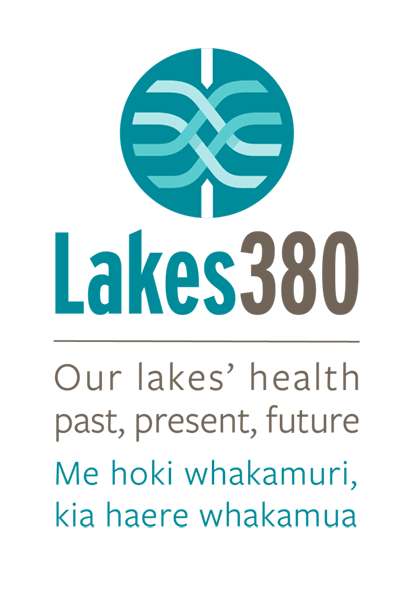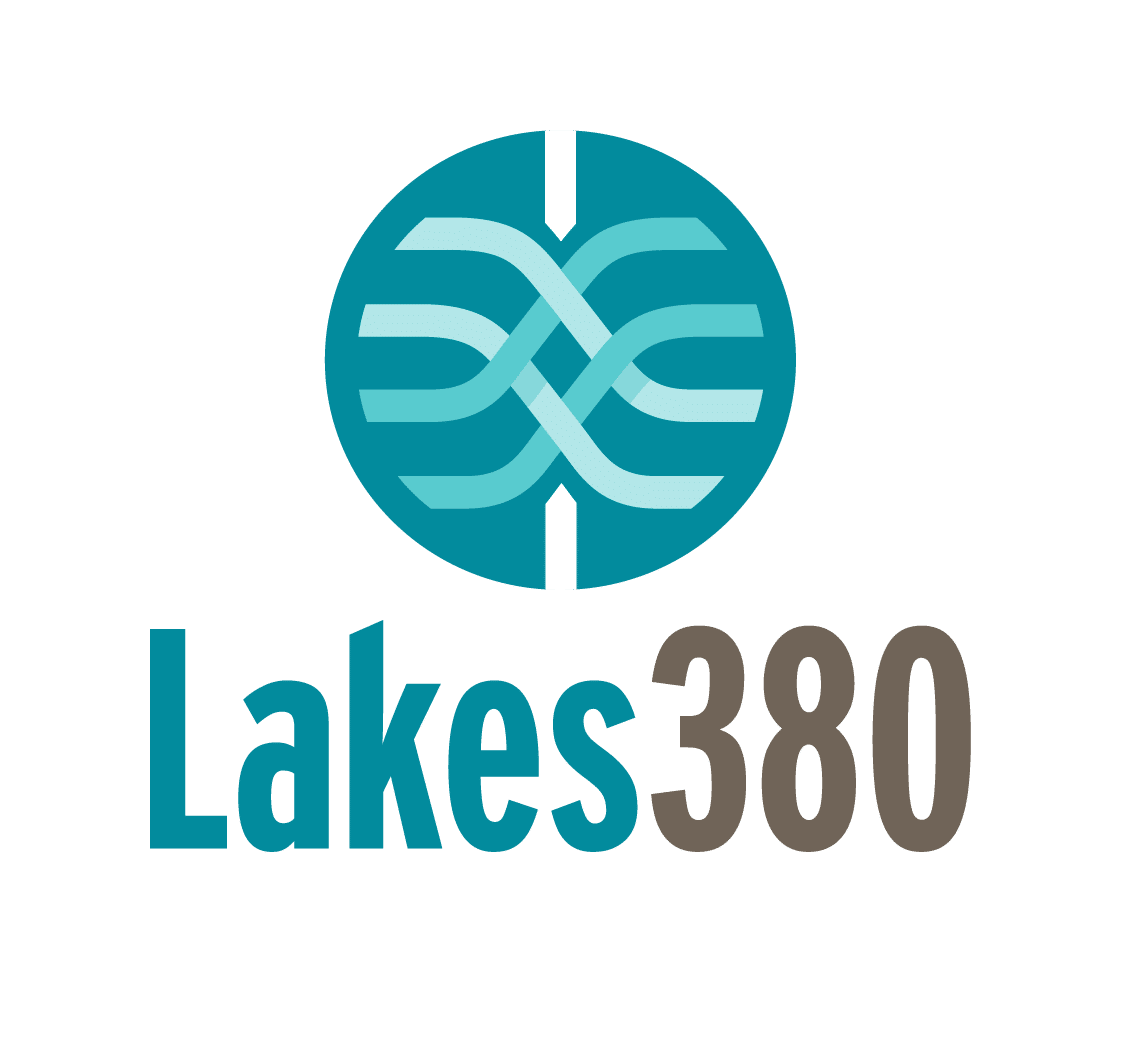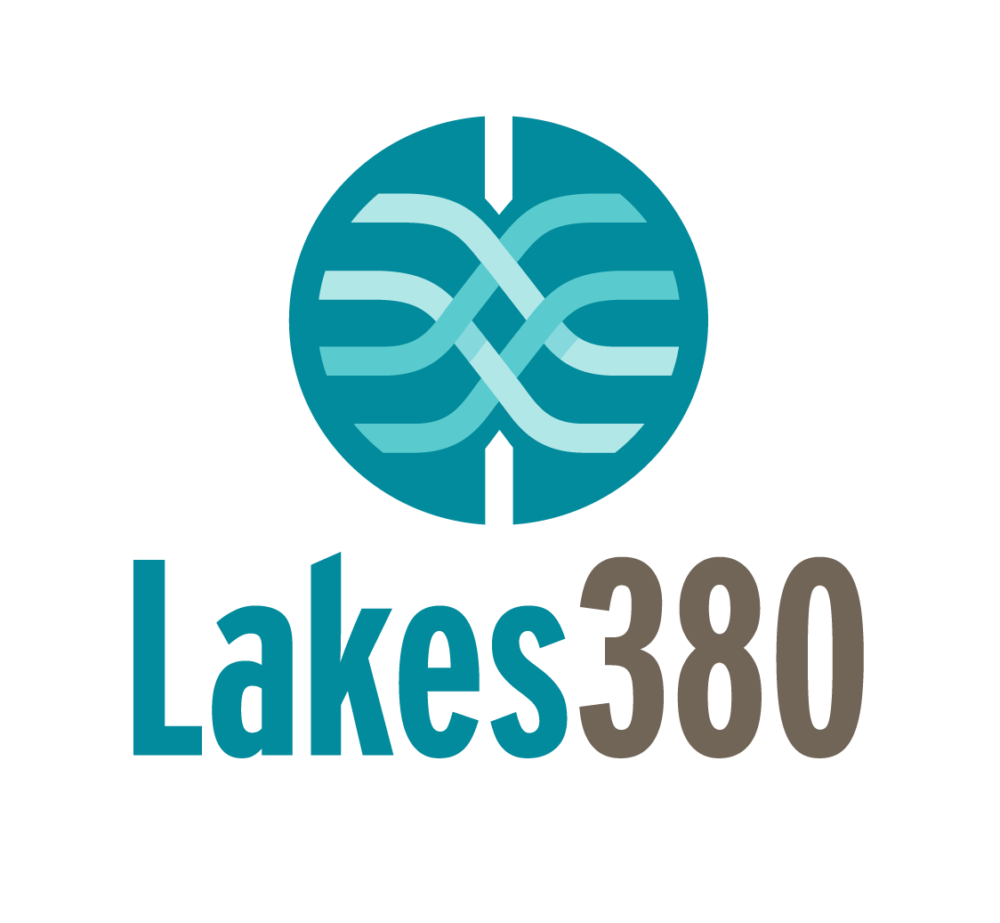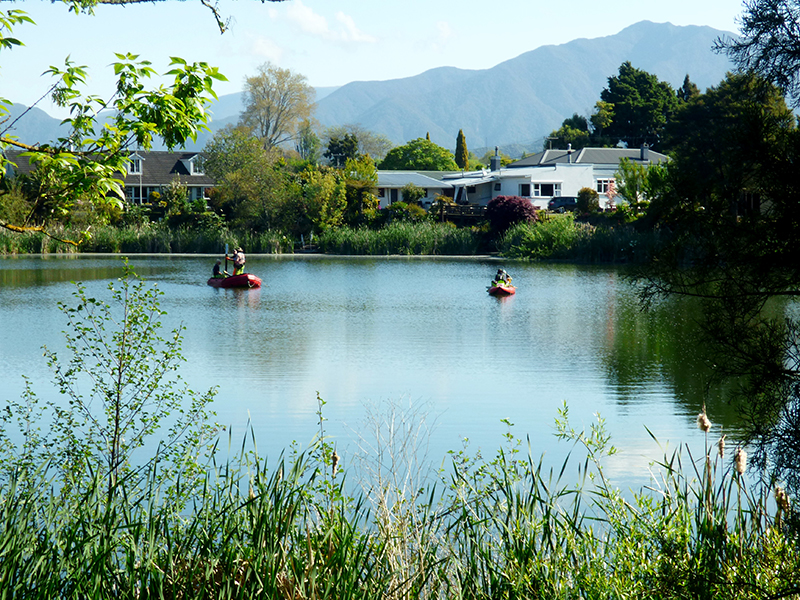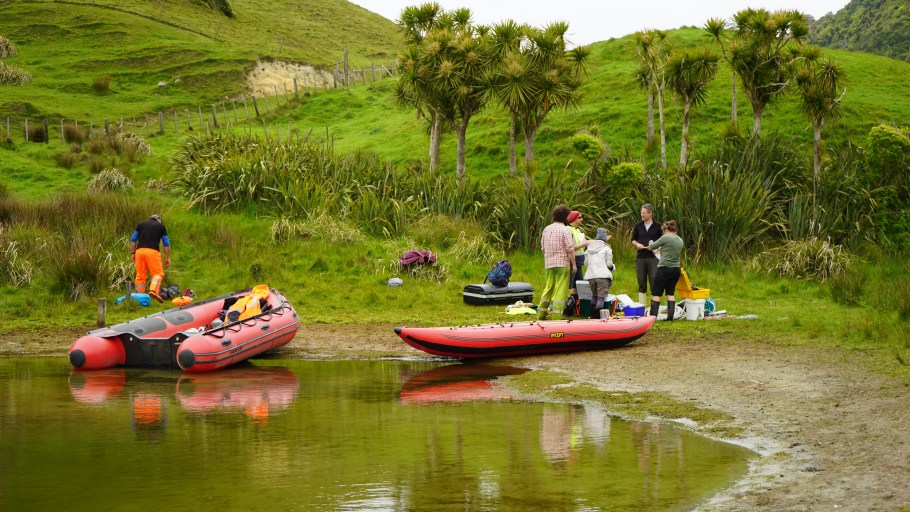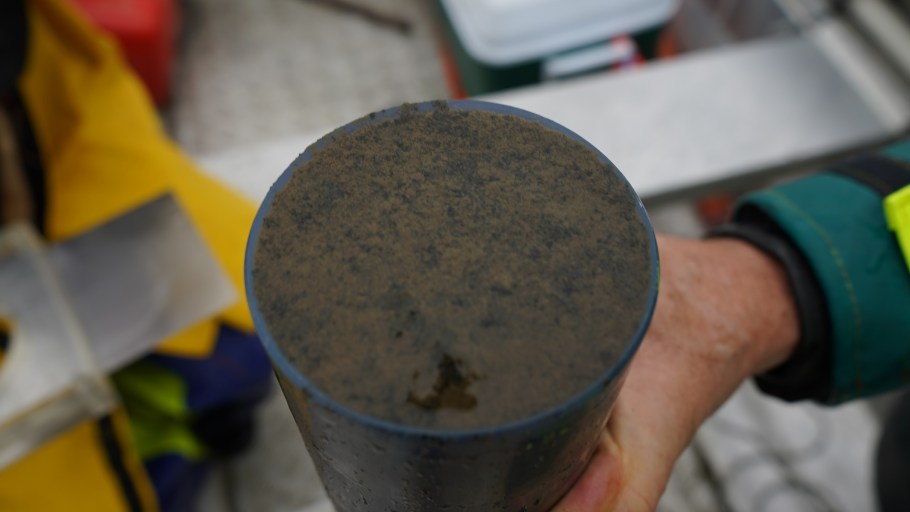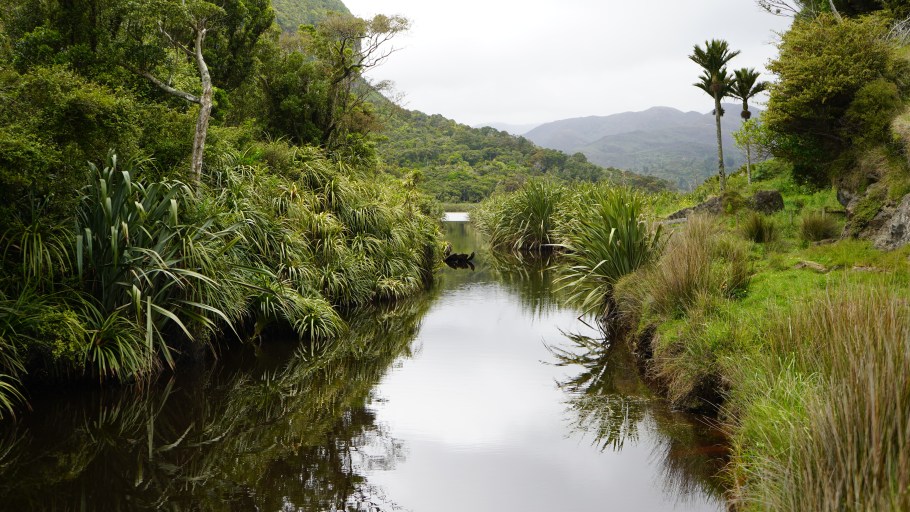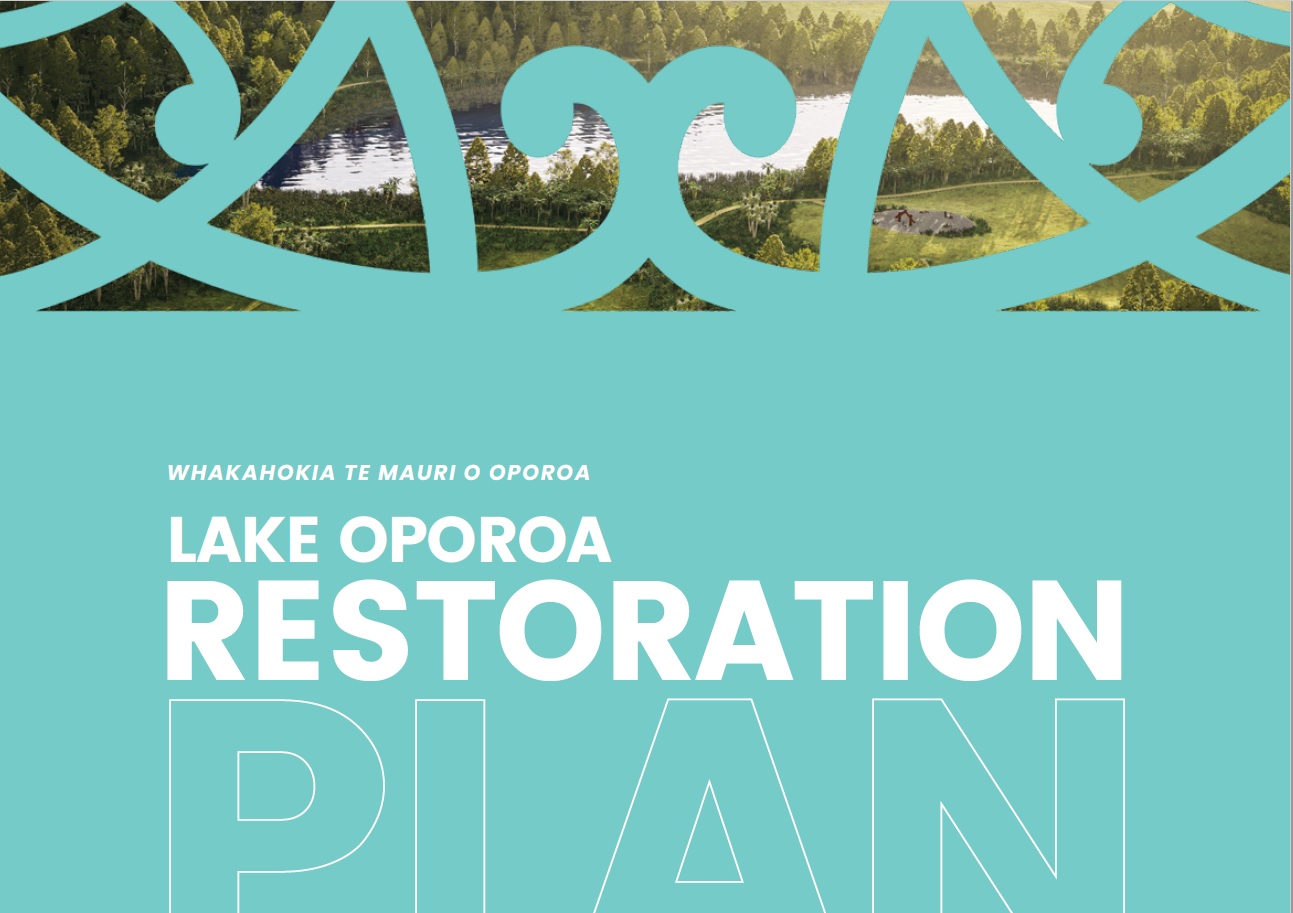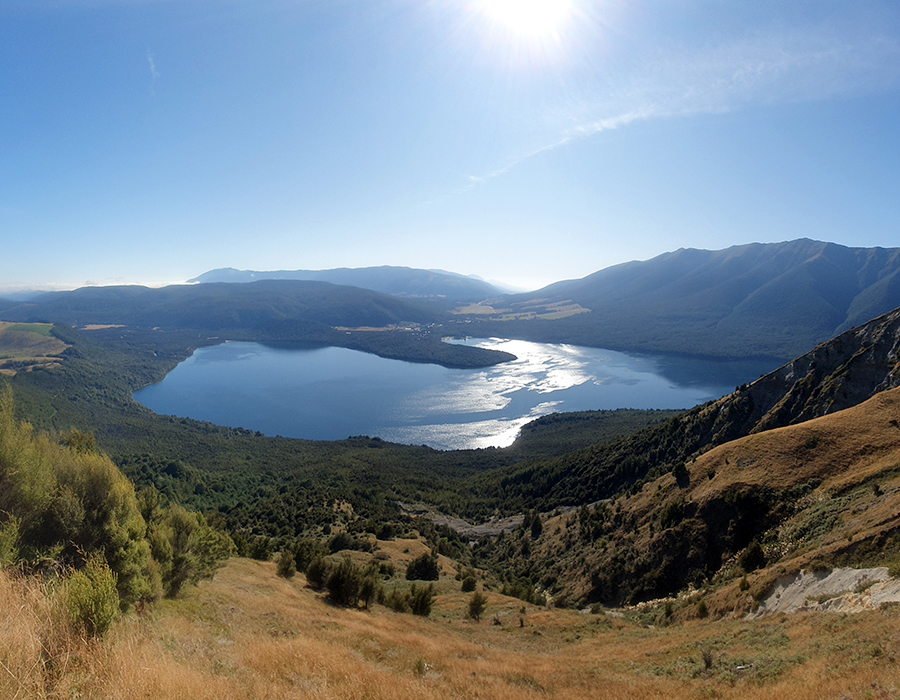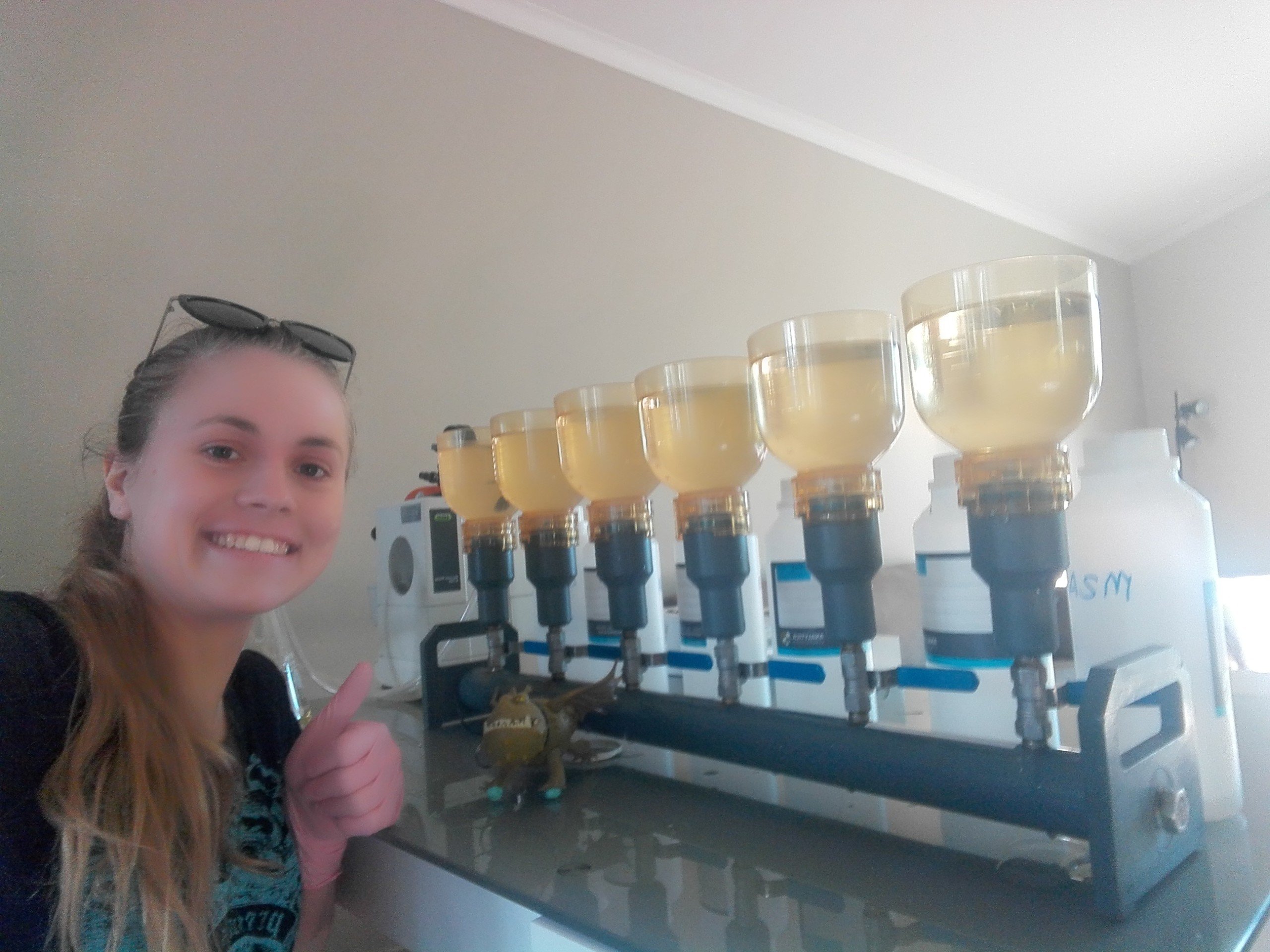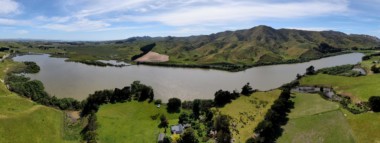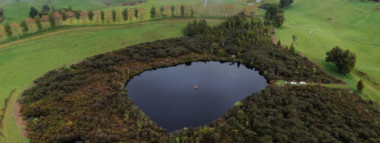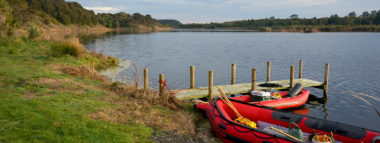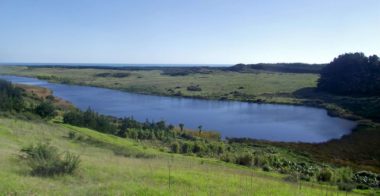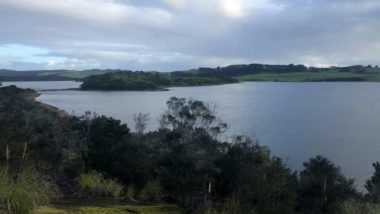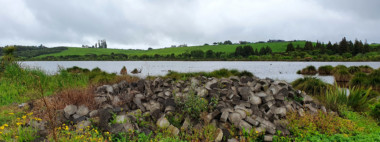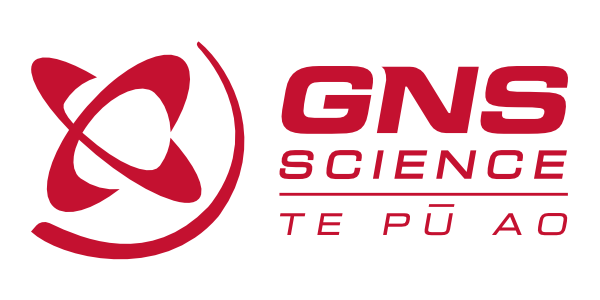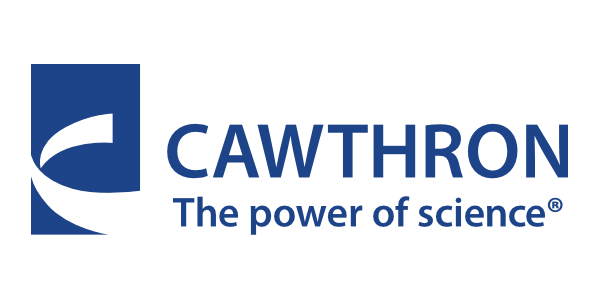By Charlotte Šunde, 6/11/2018
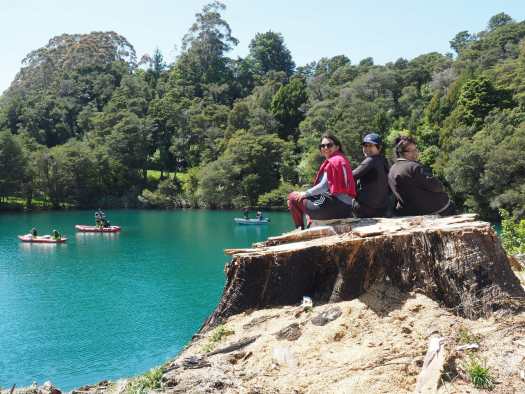
Lakes380 launched our fieldwork in Mohua/Golden Bay with Manawhenua ki Mohua at a small blue lake, Rototai, near Takaka township. Karanga, karakia and waiata rang out in greeting to the lake and the tūpuna connected to this rohe; a karakia timatanga led by Te Ātiawa, Ngāti Tama and Ngāti Rārua whānau. It was very uplifting for all involved and opened pathways for a deeper connection to lakes and the stories accumulated within layers of whakapapa and sediment deposits.
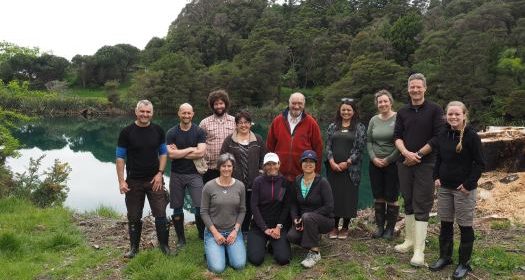
In the afternoon, we drew cores from Lake Killarney in Takaka – a small suburban lake where locals recall childhood memories of playing in the waters which are now regarded as unsafe for submersion.
Over the following few days, the team cored the two Kaihoka Lakes at Westhaven Inlet in northern Golden Bay. David Ferguson, whose family has farmed there since 1915, led us across rolling hill country through multiple farm gates on beautiful lush land where his son now farms 1700 sheep. These coastal lakes are surrounded by dense bush with grand nikau palm trees protruding like a sentinel presence, causing me to ponder who is the observed and who the observer.
Another cancelled helicopter trip meant that we made an unplanned diversion to take sediment cores and water samples from Lake Otuhie. Access was challenging and required digging a slipway by hand to launch the dinghy and inflatable canoe onto a flax-flanked creek. As we entered the wide amphitheatre of Otuhie, it felt as if the scars of separation between Ranginui and Papatūānuku were still raw, in a slow process of healing. Muscular limestone bluffs towered above, softened by the green cloak of Mother Earth, and as we worked the tears of the Sky Father fell gently upon us.
